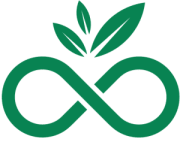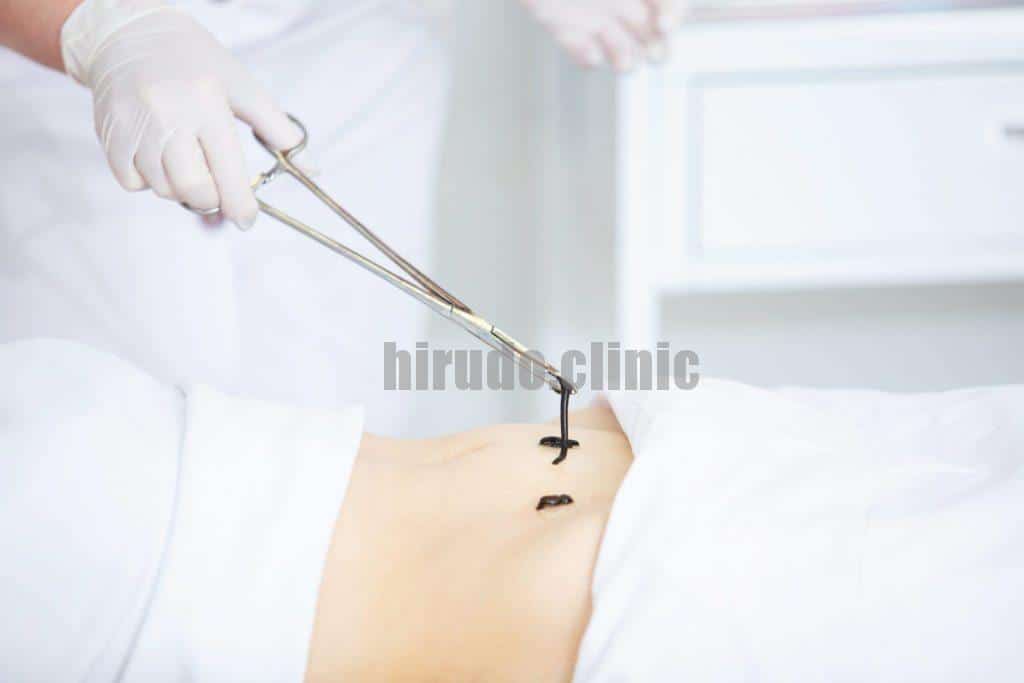Effectiveness of Leech Therapy aftet breast plastic surgery.
The reported success rate of 75% in resolving venous congestion indicates that leech therapy can be effective in specific clinical settings. This success rate suggests that leech therapy has a substantial impact on improving venous blood flow when traditional methods might fail or be less effective.
Leech therapy, also known as hirudotherapy, is sometimes used after breast plastic surgery to help improve blood circulation and reduce venous congestion. Here are some key terms that could be useful for further research or discussion about the use of leech therapy in this context:Hirudotherapy – The medical use of leeches.
Venous congestion – Accumulation of excess blood in the veins, which can occur after surgery.
Postoperative care – Care given after surgery, which might include leech therapy.
Breast reconstruction – Surgery to restore the shape of the breast, often after mastectomy.Blood circulation – The movement of blood through the body, which can be aided by leech therapy.Anticoagulant properties – Leeches secrete substances that prevent blood clotting, which can be beneficial in a surgical context.Reduction of edema – Leech therapy can help reduce swelling and fluid buildup.Tissue healing – Enhancing the healing process in tissues affected by surgery.Microsurgery complications – Issues that can arise in delicate surgical procedures that might be mitigated by leech therapy.Patient outcomes – The results and recovery experiences of patients undergoing treatments including leech therapy.These keywords can guide you to detailed studies and reports on the effectiveness and methodology of leech therapy in postoperative care, specifically following breast plastic surgery.


